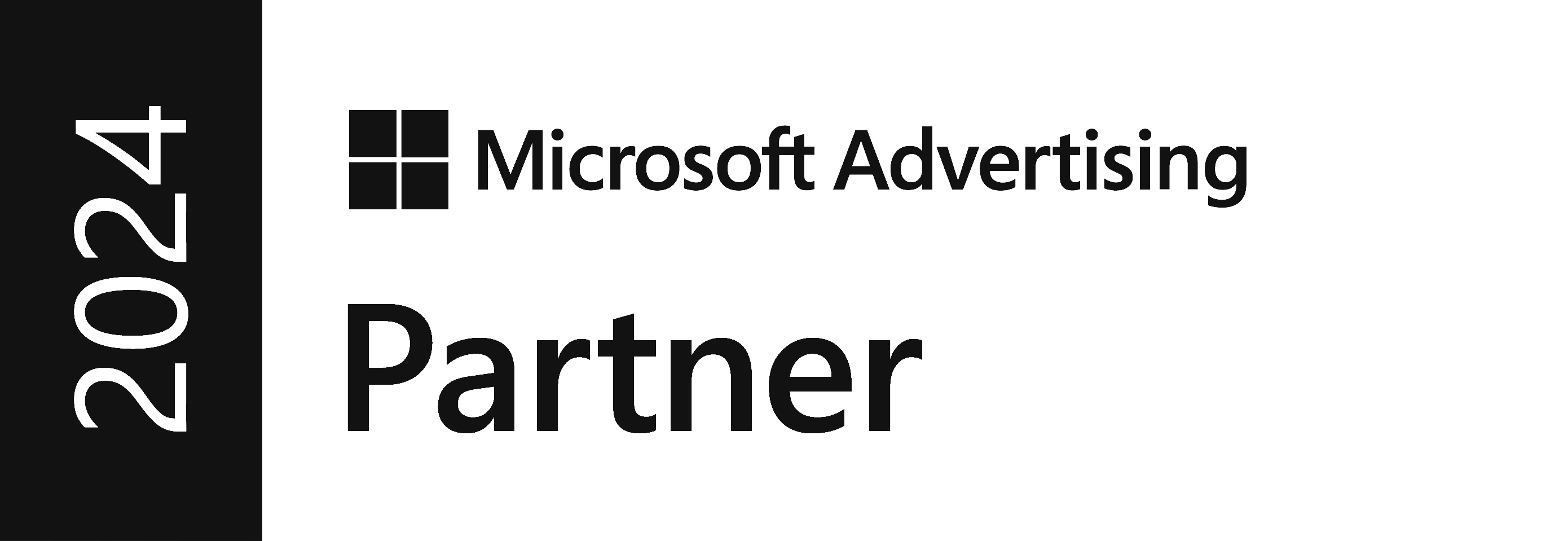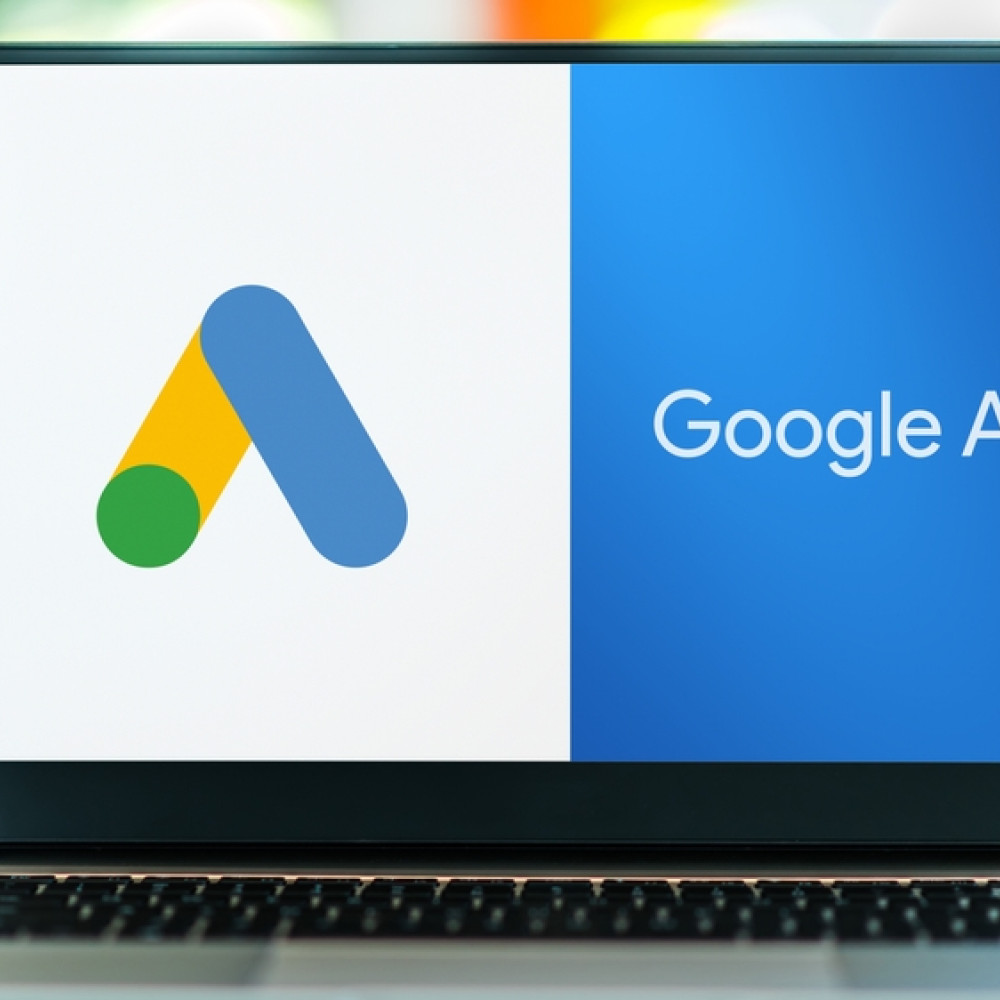When building digital advertising campaigns I am often asked what direct conversions should we expect from Display and Social Media channels and nearly always met with a high level of shock when I reply with the honest answer of: Very few, especially when directly compared to Paid Search channels.
The reason for this is simple; Paid Search ads reach your potentially customers near the end of the users journey. They’re searching for a specific service or product at that moment and you can put your business in front of them at that most opportune moment. But what happens when you’re trying to reach an audience that might not actively be searching for you at that moment? What if you want to put your business in their minds for when they are ready to buy?
This is simply how the channels are structured however, Google Display and Social Media channels are not built to quickly increase direct conversions for your advertising campaigns; instead these channels are designed with many other factors in mind.
There is a rather larger elephant in the room when it comes to Social Media channels in that it used to be one of the best channels for generating direct conversions, however since the iOS 14.5 update caused loss in available tracking and audience metrics – this channel should no longer be viewed as such.
Increasing Conversions
Firstly lets look at how these campaigns do help to increase conversions. I know, I know! I just said that these campaigns aren’t designed to increase direct conversions, but they do in fact play a big part in increasing overall conversions during any advertising period.
Let’s first look at the following social media campaign:

During the entire campaign period we can see that, whilst generating fairly decent levels of clicks, there are no conversions attributed to the platform and when looking at this – this will cause quite a few alarm bells to begin ringing from social media advertisers and clients alike;
However, when we do a little digging into the other sources found within Google Analytics, we can see that transactions attributed to direct traffic have increased drastically by almost 50%:

By analysing the data even further we can also see an increase of over 170% in Organic traffic transactions during the digital advertising’s campaign lifecycle:

In this case, there is also SEO activity taking place alongside the social media campaigns, however such a large increase in organic traffic in a single month cannot be attributed to SEO alone. SEO is a long-term tactic and, while it’s something we have plenty of experts on here at Optix Solutions, none of them will tell you that a nearly 300% increase in website traffic in a single month is something you should expect to see from SEO alone!
We have also seen very similar results when running Google Display campaigns with Analytics attributing 0 conversions but direct and Organic conversions increasing substantially during and after the campaign period.
So, what’s going on here?
Brand Awareness at Scale
One of the key functions of Google Display and Social Media Advertising is to raise awareness of your brand at scale. As we saw above, once the campaign is live people are willing to come back to the site at a later date and convert. If this is the first time they’re seeing you’re brand, it’s unlikely that they’re going to convert there and then, but what you have done is made them aware of your service and offer.
Typically Google Paid search is described as being “pull” based advertising, ensuring that you are there when people are actively searching for you or your brand, whereas Google Display and Social media advertising work on a “push” basis. This is where you identify who your audience is and push out advertising, having your brand appear specifically where your desired audience is. This helps to stimulate additional Google Searches of your brand and your offering by key demographics, increasing loyal customers over time.
In the past we have run advertising and seen that Google Display had seen 0 conversions, so we turned it off – however upon deactivation of this channel we saw a 2% decrease in conversion rate and a 30% decrease in overall searches across both Google Paid Search and organic traffic marketing channels.
Both channels are fantastic at raising brand awareness but should be seen as advertising channels that will supplement organic, direct and paid search channels in achieving conversions as illustrated in point 1.
Social Engagement
Social Media channels are one of the most important ways to show potential customers that you are a brand that can be trusted. In fact it is shown that social media users overwhelmingly trust other social media users and will look to your pages to ensure that people do not leave overwhelmingly bad reviews or whether you have anything at all on your page to identify whether your brand is trustworthy.
This can be very frustrating for newer brands as engaging with users is becoming increasingly difficult due to algorithmic changes consistently pushing brand priority down in favour of influencers and paid content. For example fitness guru James Smith has mentioned on various podcasts that he posted to his Instagram page twice a day for 2 years before he started to amass a following.
As businesses, we often don’t have 2 years to encourage this kind of social media growth so we need to look to social media advertising to circumvent the algorithm and encourage people to like our pages and engage with our presence. This can be done by building personas of who our users are online and building social media advertising campaigns that encourage people to follow us and engage with our content, in 2022 the quickest way to build our organic following is not organic at all.
Social Media and Display Advertising Summary
This brings us nicely onto Attribution, which is something we’re likely to hear more about as Google rolls out GA4 which makes use of a data-driven attribution model. Currently, a commonly used model is what’s known as last-click; where the last thing the user did is assigned credit for their conversion. Data-driven however looks at each contact the person had with your site before they made a purchase or enquiry and allows you to see the value of each of your marketing activities in the user journey. If someone came to your site for the first time thanks to an ad on Facebook, and then Googled you a few days later to make an online purchase, you won’t probably won’t see a conversion from your ads. However, this vital first contact certainly plays a part in attracting new audiences, and sometimes we see that result in the Direct and Organic site traffic, rather than Social or Display.
In our opinion, these are the 3 most important aspects of these digital advertising channels and are becoming increasingly important parts of any ongoing digital marketing strategy. If you would like any additional help on how these channels might work more specifically to you, please don’t hesitate to get in contact with the Optix team as we are always here to help!
1st Floor, Alphin Brook House,
Alphin Brook Road,
Exeter EX2 8RG
MORE THAN
Digital
Marketing.
View our sustainability page.
PPC for B2B
PPC for Law Firms
PPC for Luxury Ecommerce Brands
PPC for Travel and Tourism
GEO Audit






